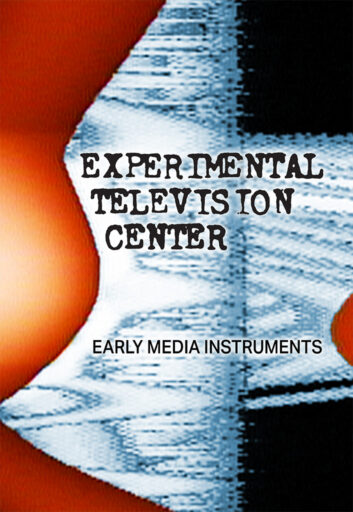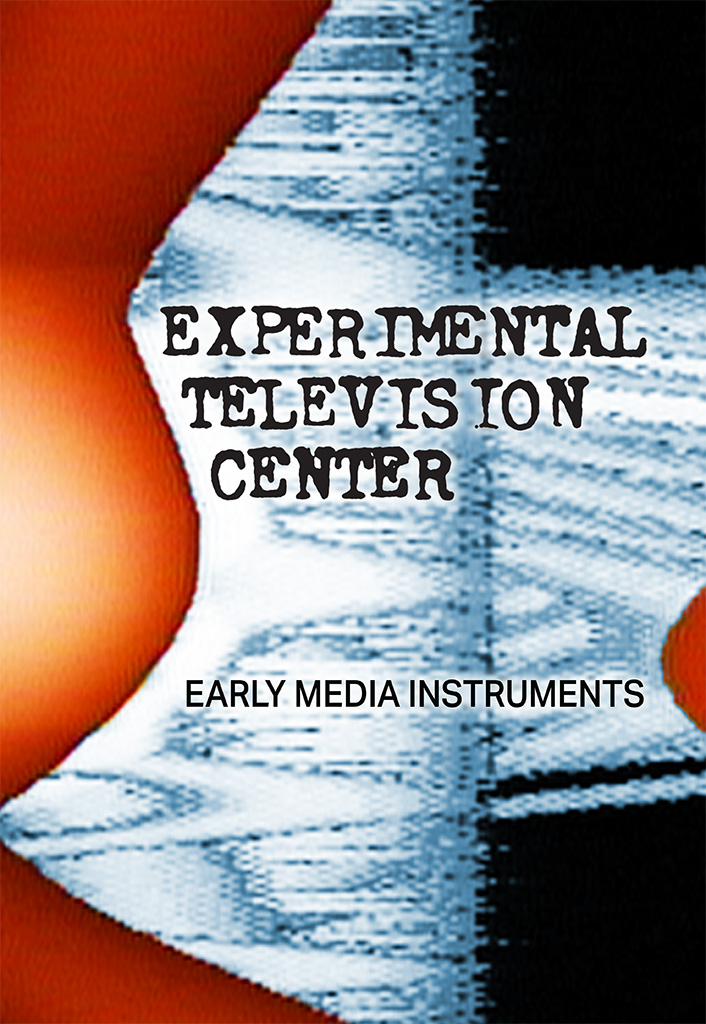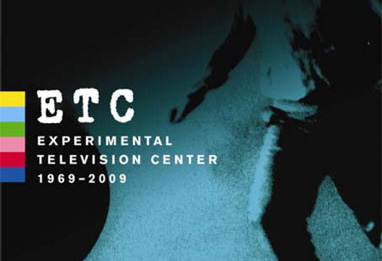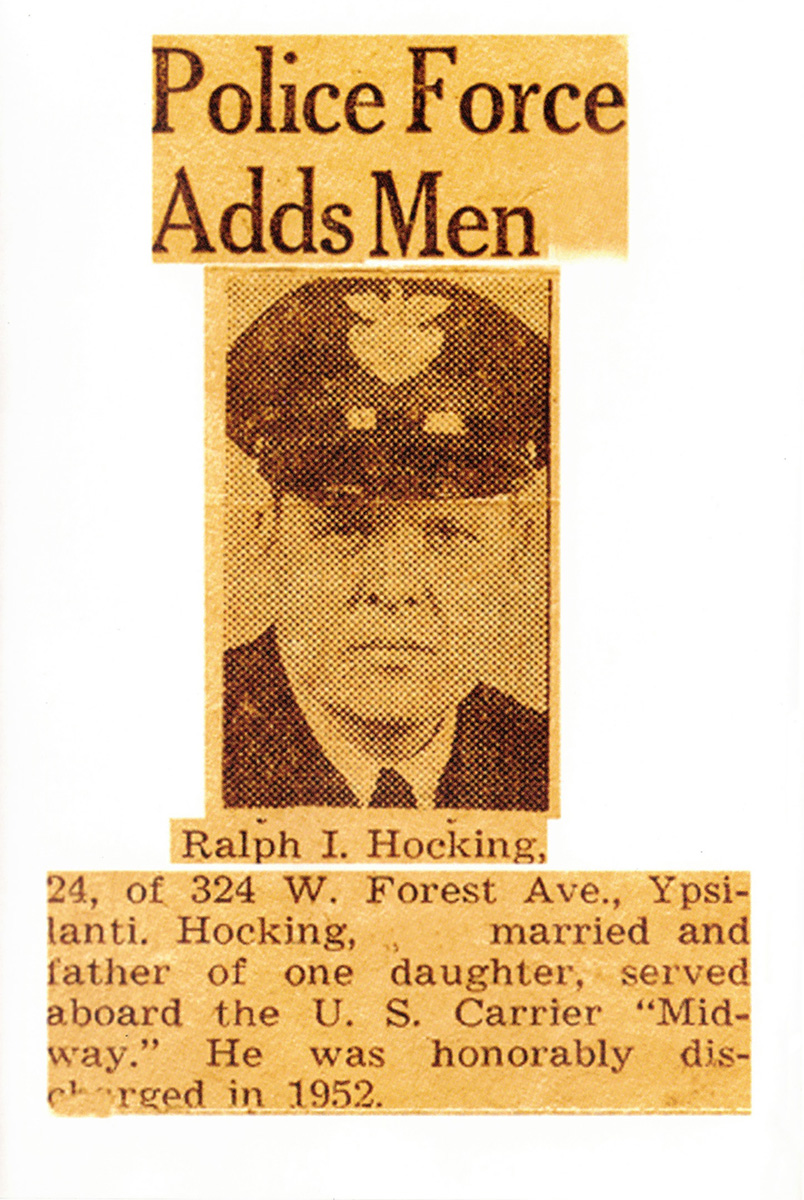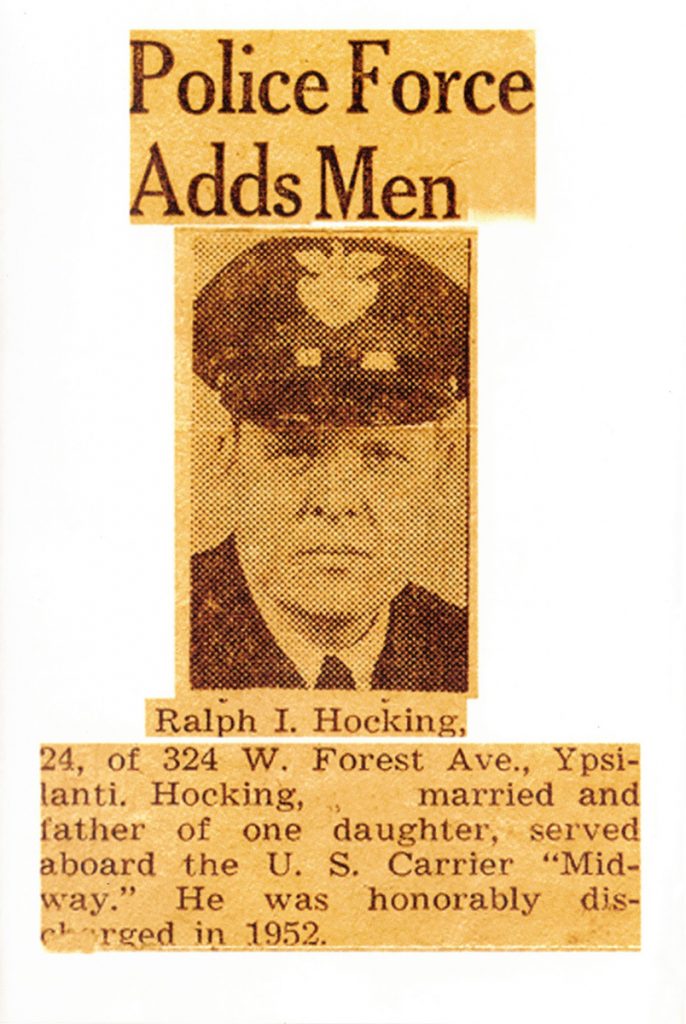ETC: Experimental Television Center 1969-2009 is a 19 hour DVD set presenting the electronic media work of over one hundred artists who worked in ETC’s Residency Program.
The collection offers a look at the evolution of the unique artist-designed sound and image tools that are the hallmark of the Center’s studio and provides a view into the constantly changing artistic processes and practices that have shaped the work over the years.
LUX, the influential arts organization in London, UK, named it as one of 50 essential moving-image DVDs in publication.
Video art began to develop in the US in the late 1960s, with the introduction of new portable video tools. While many artists used the technology to document and have voice in social and political issues, others collaborated with technologists to design unique instruments which allowed the creation of imagery never before seen. ETC remains dedicated to the development of video and digital instruments in the service of creative visual and sonic investigation by artists from around the world.
This set contains works by the first generation of video and film artists – including Barbara Hammer, Gary Hill, Jud Yalkut and Aldo Tambellini – experimental work by Nicholas Ray, and contemporary works by Marisa Olson, Kristin Lucas, Lynne Sachs and Mark Street. A complete list of artists is below.
The works have been widely exhibited internationally and received awards from festivals around the world.
For over 40 years the Center offered programs in support of the media arts, offering an international Residency Program, grants to individuals and media organizations, and sponsorship assistance for independent media and film artists. The Video History Project is an online resource for scholars documenting the formative development of media art and community television.
An essential component of the project, the digitizing of early video recorded on obsolete formats, was performed through the Standby Program by Bill Seery. We also wish to recognize Maria Venuto and Kelly Spivey for their contributions.
The project received support from the Digitization Project Grants Program at the New York State Council on the Arts, mediaThe foundation, and the Daniel Langlois Foundation for Art, Science and Technology. The project manager was Aaron Miller. The art designer for the project was Diane Bertolo (lotusandpixel.com).
5 DVD set (dual sided) with 132 page catalog. Running time: 19 hours.
Mara Alper • Amoeba Technology • Kristen Anchor • Benton Bainbridge • Irit Batsry • Bebe Beard • Alan Berliner • Kjell Bjorgeengen • David Blair • Peer Bode • Philip R Bonner • Jean-Pierre Boyer • Lawrence Brose • Nancy Buchanan • Barbara Buckner • Torsten Zena Burns • Michael L. V. Butler • Abigail Child • Laurie Beth Clark • Cohen Charles • Connie Coleman • Dearraindrop • Andrew Deutsch • Kenneth Dominick • Monica Duncan • Nicholas Economos • David Fodel • Joshua Fried • Larry Gartel • Raymond Ghirardo • Jonnathan Giles • Shalom Gorewitz • Carol Goss • Alexander Hahn • Barbara Hammer • Julie Harrison • Sachiko Hayashi • Janene Higgins • Gary Hill • Tali Hinkis • Sara Hornbacher • Takahiko Iimura • Kelly Jacobson • Deborah Johnson • Brian Kane • Peggy Kay • Zohar Kfir • John Knecht • Andrew Koontz • Richard Kostelanetz • Annie Langan • Kyle Lapidus • Paula Levine • Henry Linhart • Jeanne Liotta • Jason Livingston • LoVid • Kristin Lucas • Darrin Martin • Mimi Martin • Christina McPhee • Rohesia Hamilton Metcalfe • Aaron Miller • Bianca Bob Miller • Terry Mohre • Brian Moran • Ikue Mori • NNeng • Marisa Olson • Carol Parkinson • John Phillips • Michael Phillips • Alan Powell • Nicholas Ray • Megan Roberts • Ron Rocco • Peter Rose • Eric Ross • Mary Ross • Dave Ryan • Lynne Sachs • Eric Schefter • Michael Schell • Matthew Schlanger • Jessie Shefrin • Alan Sondheim • Caspar Stracke • Mark Street • Chad Strohmayer • Aldo Tambellini • Carolyn Tennant • Matthew Underwood • Liselot van der Heijden • Siebren Versteeg • Ben Vida • Nancy Walker • Reynold Weidenaar • Ann-Sargent Wooster • Walter Wright • Jud Yalkut • Neil Zusman
